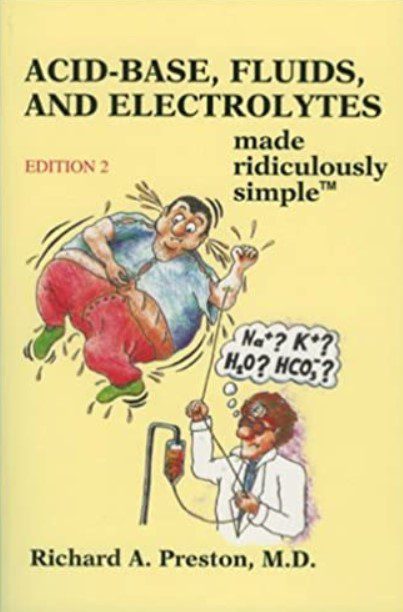
Life threatening hyperkalemia is treated with renal dialysis and potassium lowering medications. Hyperkalemia is most frequently associated with renal disease, but it can also occur as the result of some medications. Hyperkalemia, which is a potassium level greater than 5.2 mEq/L, can be life threatening the signs and symptoms associated with hyperkalemia include muscular weakness, paralysis, weakness, nausea and possible life threatening cardiac dysrhythmias. This electrolyte promotes and facilitates electrical impulses that are necessary for muscular contractions and also for the normal functioning of the brain. Unlike sodium that is an extracellular electrolyte that is found in the blood plasma, potassium is most abundant in the cells of the body it is primarily an intracellular electrolyte. The normal potassium level is 3.7 to 5.2 mEq/L. The treatments of hyponatremia include the correction and management of any underlying causes, diuretic medications, fluid restrictions, intravenous sodium, and, if Addison's disease is the cause then hormone replacement may be necessary. The signs and symptoms associated with hyponatremia include confusion, vomiting, seizures, muscle weakness, nausea, headaches, loss of energy, fatigue, and restlessness and irritability. Hyponatremia, that is a sodium level of less than 135, can result from the syndrome of inappropriate antidiuretic hormone, some medications like diuretics, some antidepressants, water intoxication and as the result of diseases and disorders such as a disorder of the thyroid gland, cirrhosis, renal failure, heart failure, pneumonia, diabetes insipidus, Addison's disease, hypothyroidism, primary polydipsia, severe diarrhea or vomiting, cancer, and cerebral disorders. It must be noted, however, that a rapid reduction of sodium in the body can lead to the rapid flow of water which can result in cerebral edema, permanent brain damage which is often referred to as central pontinemyolysis, and even death. The treatment of hypernatremia, like other electrolyte disorders includes the correction and management of any underlying causes and dietary sodium restrictions. The signs and symptoms of hypernatremia, among others, include agitation, thirst, restlessness, dry mucous membranes, edema, confusion and, in more severe cases, seizures and coma. Hypernatremia, that is a sodium level higher than 145, can result from a number of different factors and forces such as diabetes insipidus, dehydration, as the result of a fever, vomiting, diarrhea, diaphoresis, extensive exercise, exposures of long duration to environmental heat, and Cushing's Syndrome.

For example, high levels of fluid in the plasma will occur when the plasma has high sodium content and the converse is also true. This electrolyte is most abundant in the blood plasma and bodily water goes where sodium is. Sodium plays a primary role in terms of the body's fluid balance and it also impacts on the functioning of the bodily muscles and the central nervous system. The normal range for sodium is 135 to 145 milliequivalents per liter (mEq/L). The functions of the major bodily electrolytes, imbalances of these electrolytes in terms of deficits and excesses and their signs and symptoms as well as the treatments for these imbalances are discussed below. Identifying the Signs and Symptoms of the Client's Fluid and/or Electrolyte Imbalances Bicarbonate which is abbreviated as HCO3 –.Hydrogen phosphate which is abbreviated as HPO4 –.The body's electrolytes are positively or negatively charged as shown below: For example, these electrically charged ions contract muscles, move fluids about within the body, they produce energy and they perform many other roles in the body and its physiology.Įlectrolytes, similar to endocrine hormones, are produced and controlled with feedback mechanisms when the kidneys or adrenal gland sense a deficit of the particular electrolyte and an imbalance in terms of the client's electrolyte balance. Electrolytes and the levels of electrolytes play roles that are essential to life. Evaluate the client's response to interventions to correct fluid or electrolyte imbalanceĮlectrolytes are ions that can have either a negative or positive charge.Manage the care of the client with a fluid and electrolyte imbalance.Apply knowledge of pathophysiology when caring for the client with fluid and electrolyte imbalances.Identify signs and symptoms of client fluid and/or electrolyte imbalance.


In this section of the NCLEX-RN examination, you will be expected to demonstrate your knowledge and skills for fluis and electrolyte imbalances in order to:


 0 kommentar(er)
0 kommentar(er)
